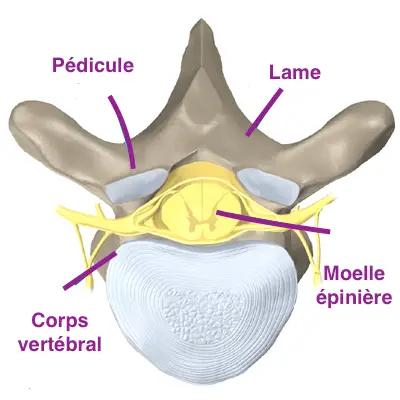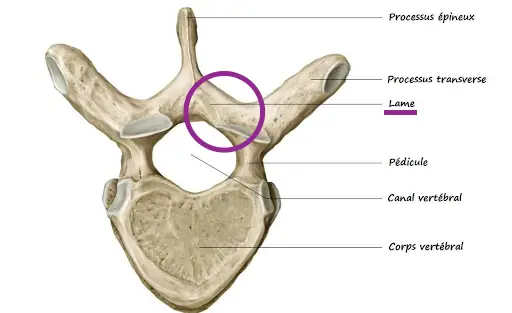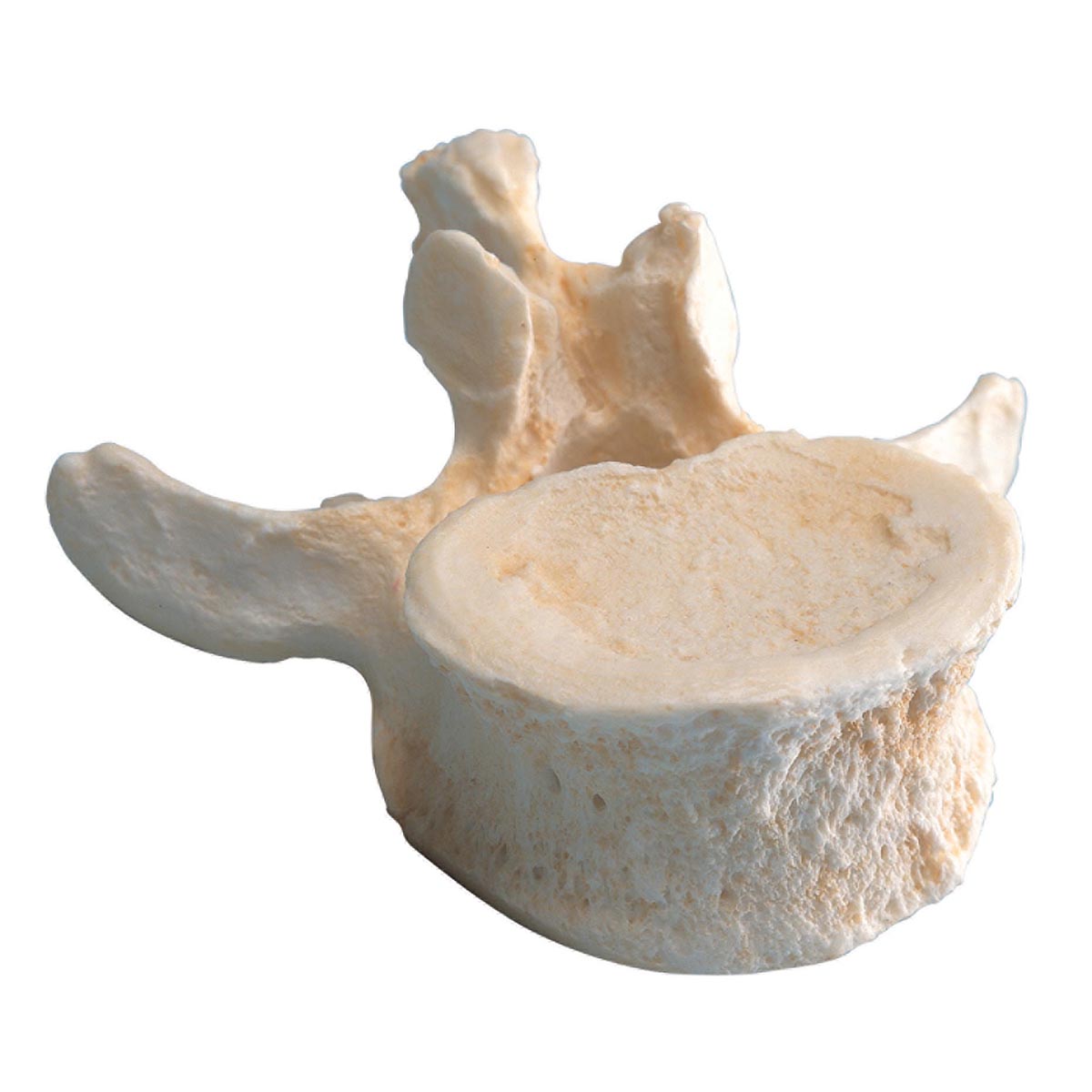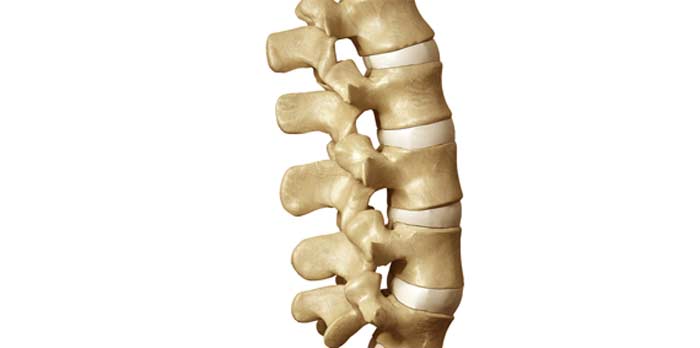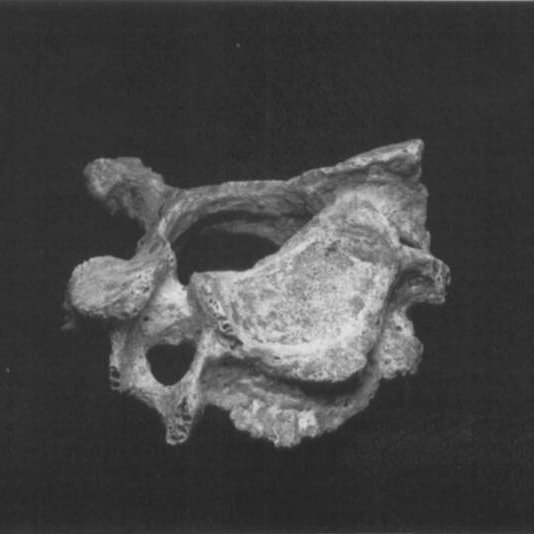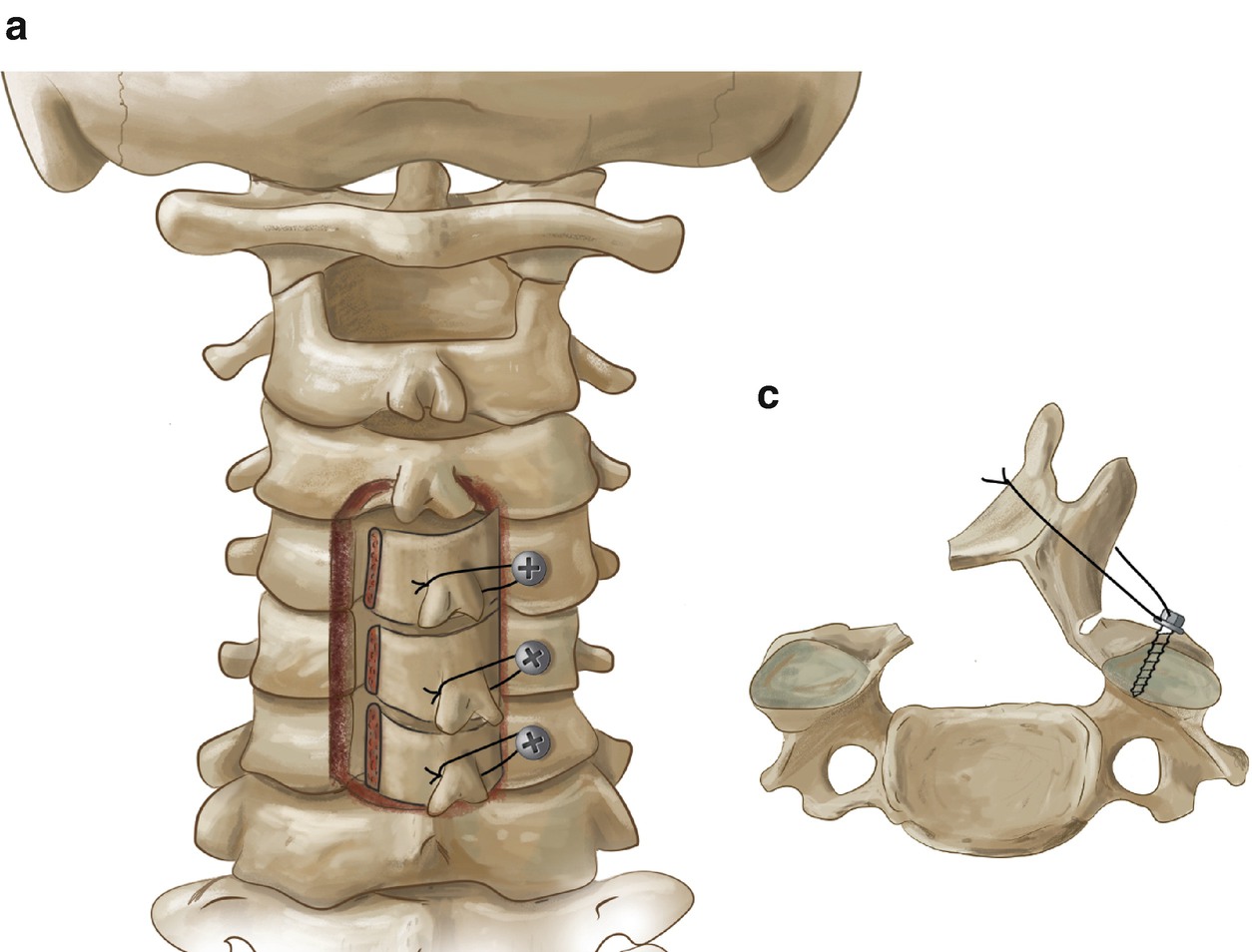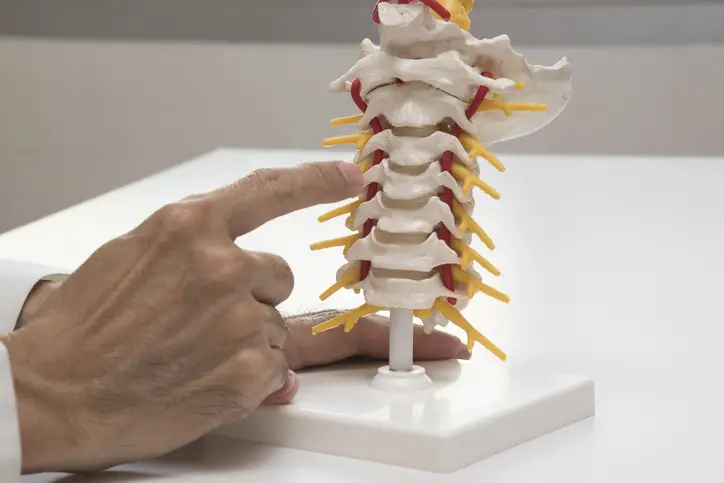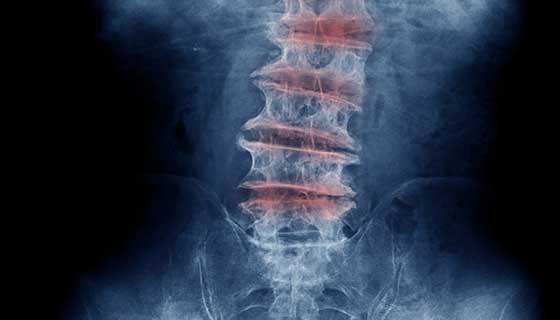Article reviewed and approved by Dr. Ibtissama Boukas, physician specializing in family medicine
The pedicle is a bony junction that connects the lamina to the vertebral body to form the vertebral arch of a vertebrate.
More specifically, each vertebrate has 2 pedicles which are located on either side of the vertebral body, and unite with spinal blades to form a vertebral arch having in particular the role of protecting the spinal cord. The pedicles are also connected to the transverse processes.
More precisely, each vertebra has 2 pedicles which are located on either side of the vertebral body, and unite with the spinal blades to form a vertebral arch having in particular the role of protecting the spinal cord. The pedicles are also connected to the transverse processes.
The upper and lower edges of each pedicle are slightly curved. When two vertebrae are superimposed on each other, this forms an intervertebal foramen which allows the passage of nerve roots and associated blood vessels.
At the dorsal level, the pedicles form with the vertebral body the base of the costal articular facets, which are the points of articulation of the ribs.
From a surgical point of view, screws are used inserted through the pedicles (called “pedicle screws”). They are used in particular as a means of anchoring a vertebral segment in operations arthrodesis.

